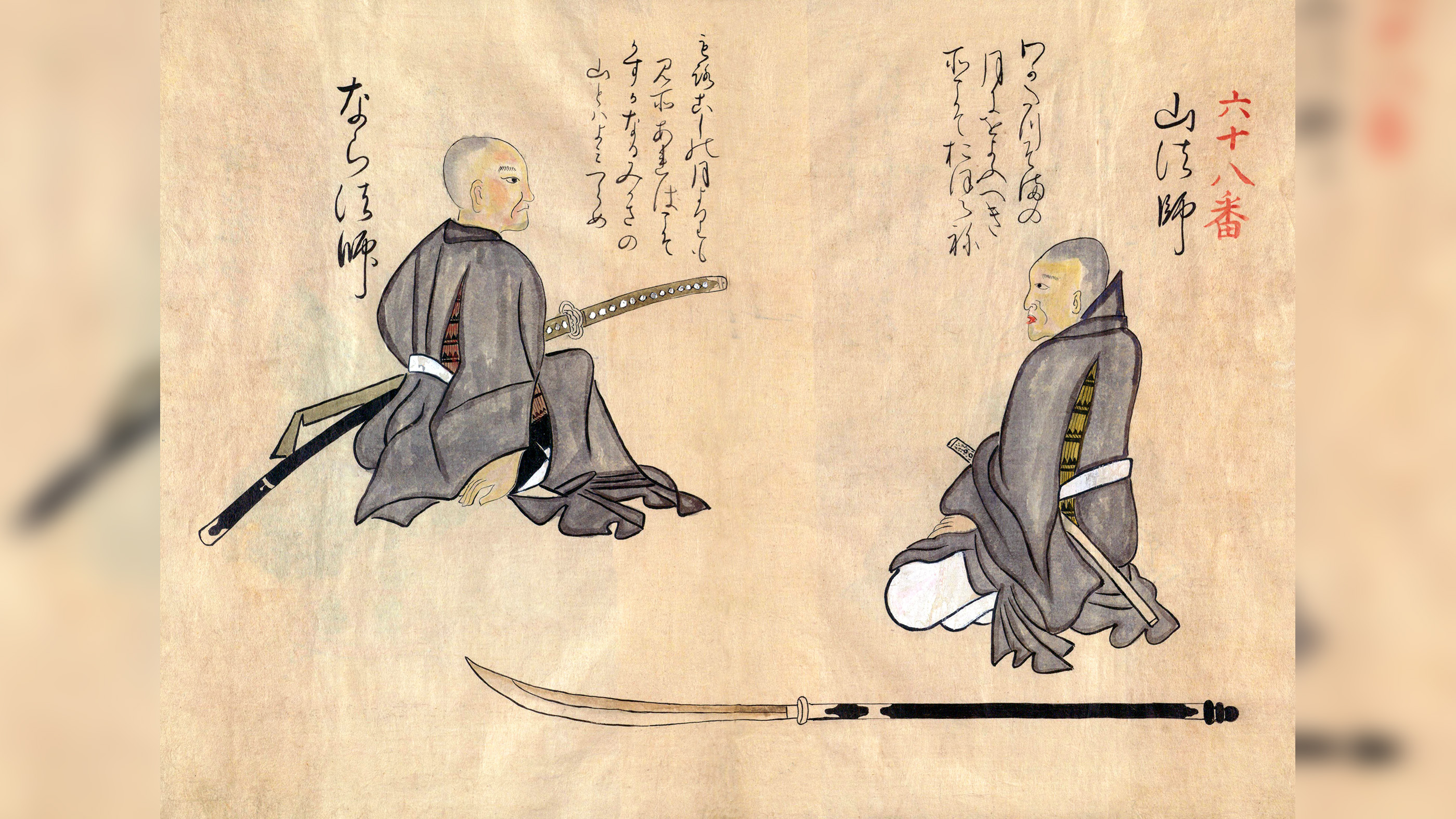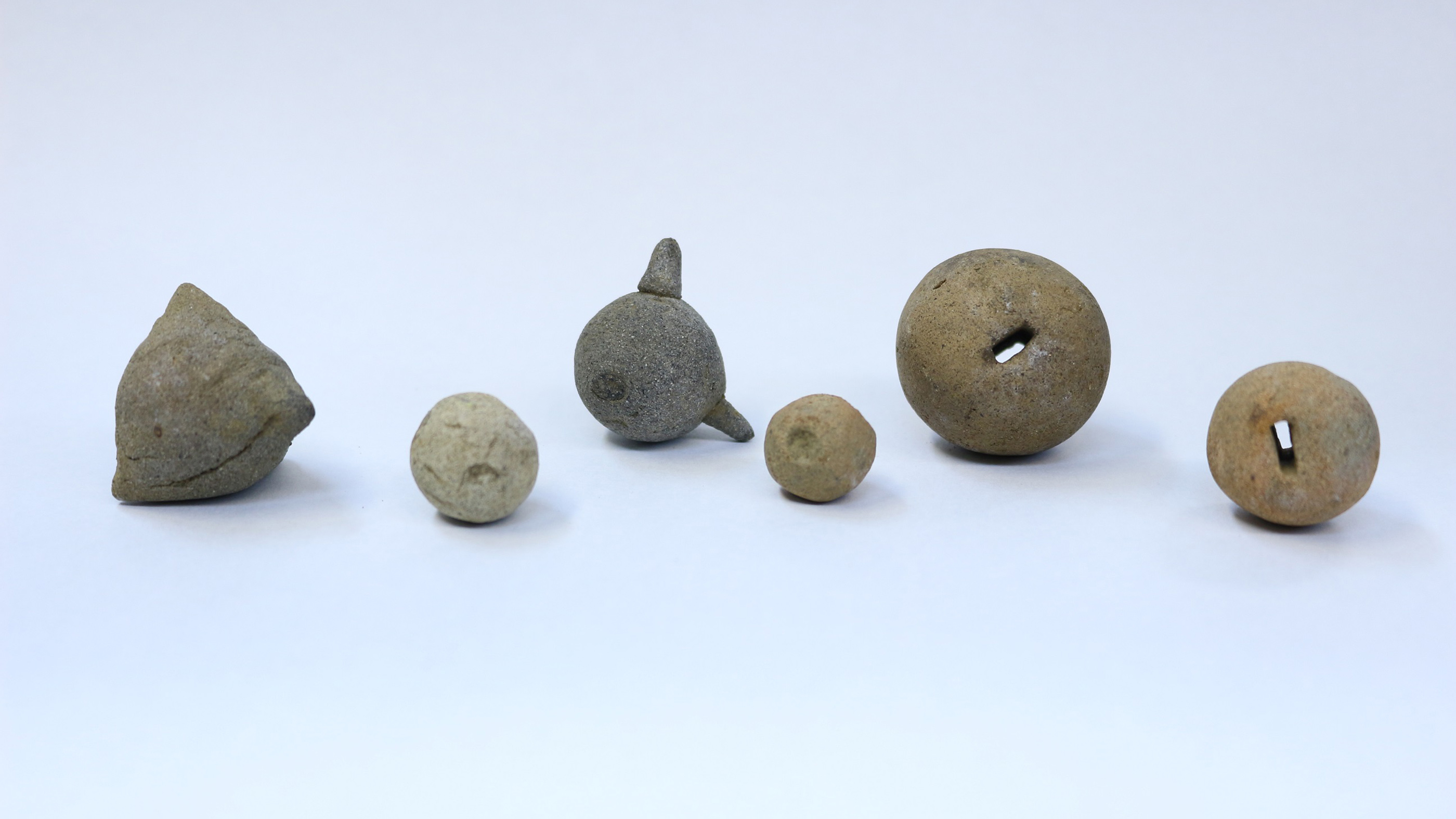430-year-old ninja weapons possibly identified
Several could be the forerunners to the well-known throwing star.

Artifacts found in Japan may be ninja weapons, including several that look like they were the forerunner to the well-known throwing star, have been found at several sites, including two castles, scientists say.
Archaeologists excavated the artifacts between 1960 and 2010 at several Japan sites, including two castles — Iwatsuki Castle and Hachioji Castle. The possible ninja artifacts date to the Siege of Odawara which took place in 1590. During this siege, the Toyotomi and Tokugawa clans defeated the Hojo clan, which had controlled a sizable portion of Japan, and captured both castles.
The siege took place during the Sengoku period (1467-1615), a time when Japan was divided between several warlords who battled for power. Historical texts mention ninjas as spies and saboteurs during this time and they likely took part in the siege.
Related: 10 stunning swords and other ancient weapons

The artifacts include flat throwing stones that may have been the predecessor of the shuriken throwing star and clay caltrops that may be an early form of the makibishi caltrop — a spiky weapon that could injure the feet of soldiers and horses. These artifacts were likely the weapons of a "battle group which can move into action as ninjas," Iwata Akihiro, an archaeologist and curator at the Saitama Prefectual Museum of History and Folklore, told Live Science in an email.
These weapons, Ahikiro told Live Science, were likely hastily constructed prior to the siege. Despite their hasty construction, however, both weapons would likely have been effective. The flat throwing stones "were used to stop the movement of the enemy who was going to attack [a soldier] at any moment, and while the enemy freezed the soldier escaped," said Ahikiro. Meanwhile the clay caltrops could "stop the movement of the enemy who invaded the castle," Ahikiro said.
Despite being armed with the weapons, the Hojo clan's ninja were unable to save the castles, as they both fell to the far larger armies of the Toyotomi and Tokugawa clans. In 1615, the Tokugawa clan would succeed in uniting all of Japan under their rule, forming a shogunate that would hold power for centuries.
Sign up for the Live Science daily newsletter now
Get the world’s most fascinating discoveries delivered straight to your inbox.
Live Science contacted several scholars not involved with the research; however, they either declined comment or did not respond at time of publication.
Originally published on Live Science.

Owen Jarus is a regular contributor to Live Science who writes about archaeology and humans' past. He has also written for The Independent (UK), The Canadian Press (CP) and The Associated Press (AP), among others. Owen has a bachelor of arts degree from the University of Toronto and a journalism degree from Ryerson University.









